Amethyst: A Collector’s Guide to the Purple Gemstone
Introduction
Did you know that Amethyst was as valuable as a diamond in ancient times? This mesmerizing purple gemstone, with its deep and captivating hues, has been a symbol of luxury and power throughout history. Known for its striking beauty and enigmatic presence, Amethyst continues to be a cherished favorite among collectors and gem enthusiasts. In this guide, we will explore the fascinating world of Amethyst, unveiling its secrets and the reasons behind its timeless allure.
Historical Significance of Amethyst
The history of Amethyst is as colorful as the stone itself. Treasured by civilizations dating back to ancient Greece and Rome, it was revered not only for its beauty but also for its supposed mystical properties. Amethyst’s association with royalty is well-documented, with many monarchs and leaders adorning themselves and their possessions with this captivating stone. In Renaissance art, it was a symbol of piety and celibacy. The gemstone has also played a role in significant historical events, being used in ceremonial items and as a token of power.
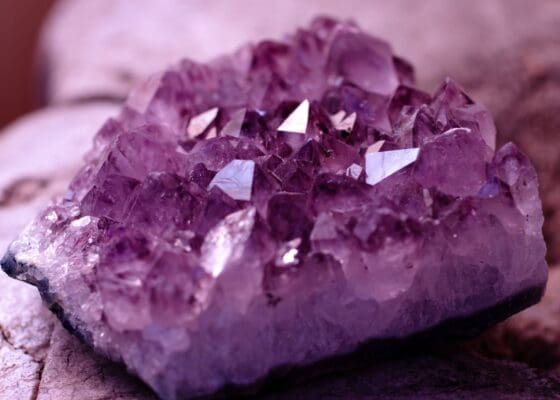
Geological Formation and Properties of Amethyst
Amethyst, a variety of quartz, is formed in hollow rocks, or geodes, as a result of volcanic activity. Its iconic purple color comes from irradiation, iron impurities, and the presence of trace elements. This color can range from a light, almost pinkish violet to a deep grape purple. Amethyst rates a 7 on the Mohs scale of hardness, making it relatively durable and suitable for various types of jewelry.
Rarity, Collector’s Perspective, and Identifying Authentic Amethyst
Rarity and Value in the Collector’s Market: Amethyst, once prized alongside diamonds, rubies, and sapphires, holds a special place in the world of gemstones. Its rarity has somewhat diminished with new discoveries, but top-quality deep purple Amethyst remains highly sought after by collectors. The value of Amethyst is particularly influenced by its color: the most prized are those with a deep, rich purple hue with red or blue flashes.
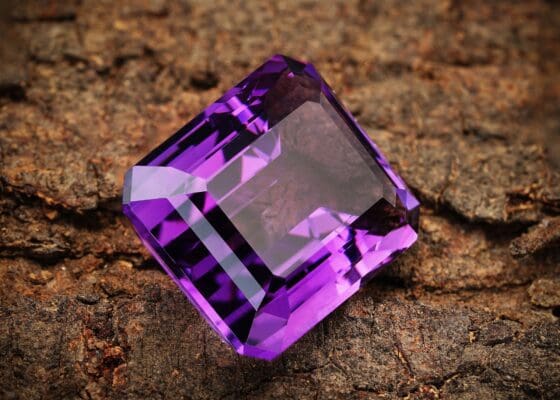
Identifying Genuine Amethyst: Distinguishing authentic Amethyst from imitations or less valuable purple stones is key for any collector. Genuine Amethyst typically exhibits a deep and evenly distributed color, without visible color zoning. Imitations or similar stones, like fluorite, often have a more uneven color distribution and lack the characteristic hardness of Amethyst.
Common Treatments and Enhancements: Amethyst can undergo heat treatment to enhance or change its color. For example, heating can lighten dark stones or turn certain types of Amethyst green. Understanding these treatments is crucial for collectors who value the natural state and authenticity of their gemstones.
Market Value of Amethyst
Current Market Value: The market value of Amethyst is generally more affordable compared to other gemstones like rubies or emeralds. However, the value can vary widely based on the stone’s quality. Factors such as depth of color, clarity, cut, and carat weight play significant roles in determining its price.
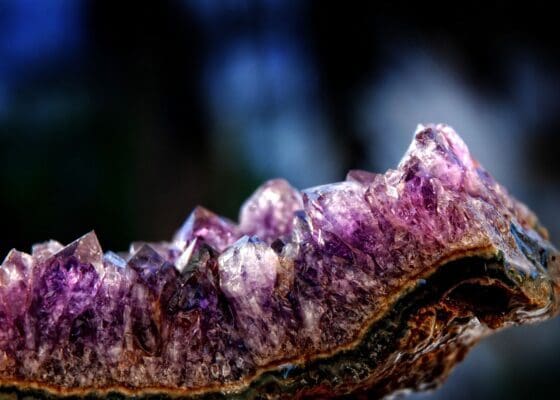
Factors Influencing Price: The most valuable Amethyst has a deep purple color with no visible inclusions. Stones with less saturation or with visible inclusions are typically lower in value. The cut of the stone also impacts its worth; well-cut Amethysts that showcase the stone’s color and brilliance are more desirable.
Major Locations and Mining of Amethyst
Key Mining Locations: The primary sources of high-quality Amethyst are in Brazil and Uruguay, with Brazil being renowned for its large and vibrant crystals. Zambia is another major producer, known for its rich, deep-colored stones.
Public Gem Mining Opportunities: In some areas, particularly in Brazil and parts of the United States, there are public mines where enthusiasts can experience mining Amethyst themselves. These opportunities allow individuals to learn about the gemstone mining process and sometimes find their own Amethyst specimens.
Uses and Applications of Amethyst
Amethyst in Various Industries: Amethyst’s stunning beauty has made it a favorite in several industries beyond just jewelry making. In the world of interior design, Amethyst geodes, and clusters are often used as striking decorative elements in luxury homes and establishments, bringing a touch of natural elegance to the decor. In the realm of technology, particularly in the past, Amethyst was used in certain precision instruments for its optical properties.
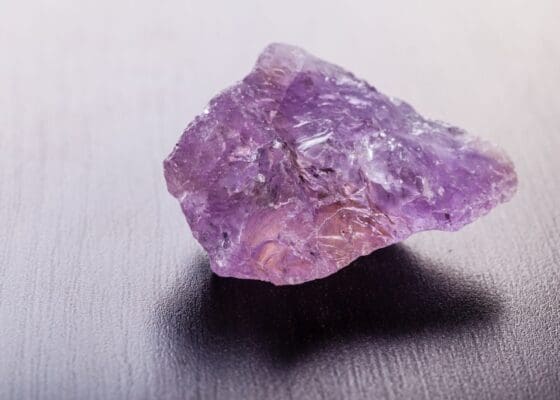
Unique Applications: Beyond its physical allure, Amethyst is revered in holistic and wellness circles. It’s believed to promote calmness, clarity, and mental well-being, making it a popular choice in practices like meditation and yoga. Amethyst is also used in feng shui as a means to create a peaceful and serene environment.
Metaphysical Properties, Beliefs, and Birthstone Information
Metaphysical Beliefs: Amethyst is celebrated for its purported metaphysical properties. It is often associated with spiritual growth, protection from negative energies, and the enhancement of intuition and psychic abilities. This purple gemstone is believed to have a calming effect, aiding in emotional balance and stress relief.
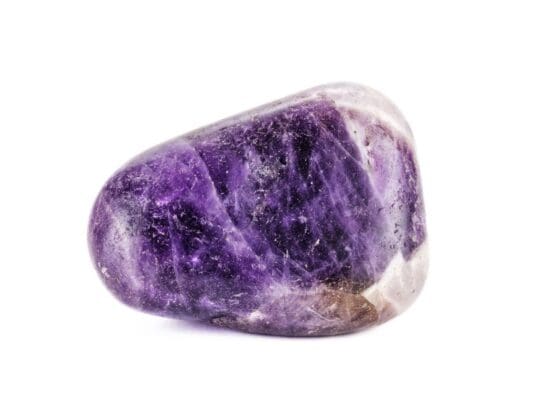
Amethyst as a Birthstone: Amethyst is the traditional birthstone for February. It symbolizes peace, temperance, and serenity, making it a thoughtful gift for those born in this month. Its deep purple hue is also linked to the ideas of nobility and royal strength.
Amethyst in Jewelry
Usage in Jewelry Making: Amethyst’s versatility and captivating color make it a popular choice for jewelry designers. It is used in a wide range of jewelry pieces, from elegant necklaces and rings to statement earrings and bracelets. Its ability to complement both gold and silver settings makes it suitable for various styles and personal preferences.
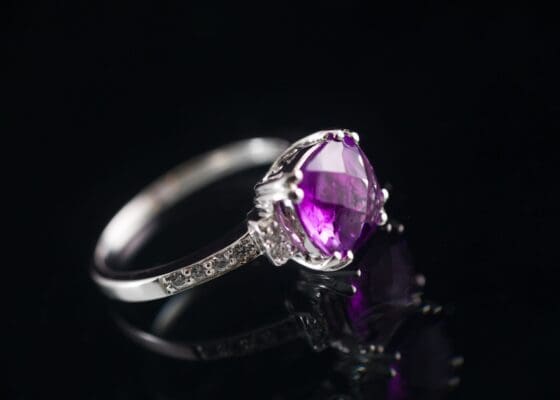
Popular Jewelry Styles: Amethyst jewelry ranges from vintage and classic designs, often seen in Victorian and Art Nouveau pieces, to contemporary, minimalist styles. The gemstone’s varying shades of purple allow for creative and unique designs, appealing to a broad audience. Large amethysts are sometimes featured in statement pieces, while smaller stones are used in more delicate, everyday-wear jewelry.
Fun Facts and Trivia about Amethyst
Ancient Wine Deterrent: The Greeks believed that Amethyst could prevent intoxication. They often adorned drinking vessels with it to ward off the effects of alcohol.
Royal Adornment: Amethyst has been a part of royal collections across different cultures, including the British and Egyptian monarchies, symbolizing power and wealth.
Leonardo da Vinci’s Belief: The famous artist and inventor Leonardo da Vinci wrote that Amethyst could dissipate evil thoughts and quicken intelligence.
A Saint’s Gemstone: St. Valentine, the patron of romantic love, was said to wear an Amethyst ring carved with the image of Cupid.
Artistic Inspiration: Amethyst has been a favorite subject in art and literature, inspiring numerous myths and pieces of jewelry depicted in paintings and books.

Answers to Top Questions from Google’s ‘People Also Ask’
- What is Amethyst crystal good for?
Amethyst is highly esteemed for its ability to foster clarity of the mind, enhance calmness, and offer protective qualities. It’s believed to aid in relieving stress, promoting a sense of peace, and assisting in meditation and mindfulness practices. - What is the spiritual meaning of Amethyst?
Spiritually, Amethyst is celebrated for symbolizing spiritual growth and protection. It is thought to purify one’s energy field of negative influences and attachments, creating an energetic shield of spiritual light around the body. - What does purple Amethyst mean?
The purple hue of Amethyst has long been a symbol of nobility, spirituality, and a higher state of consciousness. It’s associated with the third eye and crown chakras, believed to enhance spiritual awareness and wisdom. - What is the spiritual meaning of black Amethyst?
Black Amethyst, with its deeper and darker hues, is believed to provide strong grounding energies. It is said to offer powerful protection and is thought to help in clearing away negative thoughts and energies. - Why is my Amethyst turning black?
Amethyst can turn black due to prolonged exposure to sunlight or heat sources. This color change is often due to the high iron content in Amethyst, which can react to heat and light, altering the stone’s color. - What does Amethyst manifest?
Amethyst is said to manifest tranquility, balance, and a deeper understanding and appreciation of life. Its calming energy is believed to encourage emotional balance, helping to dispel anxiety and fear. - What happens when you start wearing Amethyst?
Wearing Amethyst is thought to bring a sense of calmness, clarity, and emotional stability. It’s often used to relieve stress and anxiety and is said to promote a clear and balanced mindset. - What powers does Amethyst give you?
Amethyst is believed to enhance intuition, spiritual growth, and psychic abilities. It’s thought to open the mind to higher guidance and insight, facilitating a deeper understanding of one’s spiritual journey. - What energy does Amethyst attract?
Amethyst is believed to attract positive, uplifting energies while simultaneously dispelling negativity from one’s environment. It’s thought to foster a space of serenity, making it ideal for meditation and spiritual work. - What zodiac signs should wear Amethyst?
Pisces, Aquarius, Aries, and Capricorn are the zodiac signs believed to benefit most from wearing Amethyst. It is thought to resonate particularly well with these signs, enhancing their innate qualities and offering spiritual and emotional support.
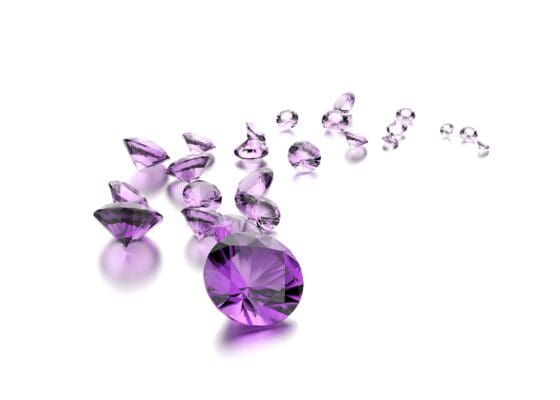
Amethyst Quiz for Collectors and Enthusiasts
Test Your Amethyst Knowledge!
- What feature of Amethyst is most valued by collectors for its rarity?
A) Size of the gemstone
B) Depth of the purple color
C) Shape of the crystal - Which method is commonly used to identify authentic Amethyst?
A) Water displacement test
B) Checking for even color distribution
C) Scratch test with other minerals - Amethyst’s purple color can change under certain conditions. What causes this?
A) Exposure to sunlight
B) Contact with water
C) Age of the stone - What is the hardness of Amethyst on the Mohs scale?
A) 5
B) 7
C) 9 - In metaphysical beliefs, what is Amethyst said to enhance?
A) Physical strength
B) Luck in love
C) Intuition and spiritual growth
Check your answers below to see how well you know Amethyst! Share your score in the comments and let’s discuss more about this fascinating gemstone. Whether you’re a seasoned collector or a metaphysical enthusiast, there’s always something new to learn about Amethyst!
Conclusion
As we wrap up our exploration of Amethyst, we’re reminded of the reasons this gemstone has been cherished throughout history and continues to captivate collectors and enthusiasts today. Amethyst’s rich purple hues, steeped in history and lore, symbolize not only beauty and luxury but also wisdom and tranquility. Its versatility, from enhancing jewelry to providing metaphysical benefits, makes it a gemstone with multifaceted appeal.
-
 Amethyst Cluster – Dual Geodes on Spinning Metal Stand
Amethyst Cluster – Dual Geodes on Spinning Metal Stand$290$261 -
Product on sale
 Cathedral Cut Amethyst: Base Cut Brilliance in Compact Form
Cathedral Cut Amethyst: Base Cut Brilliance in Compact FormOriginal price was: $190.$169Current price is: $169.$152 -
Product on sale
 Cathedral Cut Amethyst with Fluorescent Calcite: Luminous Geologic Splendor
Cathedral Cut Amethyst with Fluorescent Calcite: Luminous Geologic SplendorOriginal price was: $425.$395Current price is: $395.$356 -
 Minecraft Inspired Mining Bucket: Real-Life Treasures with Minecraft Mining Kit!$35
Minecraft Inspired Mining Bucket: Real-Life Treasures with Minecraft Mining Kit!$35 -
Product on sale
 Bag of Crystals & Rocks Galore: Unearth a World of Gems with Our Bags of Rocks and Crystals!Original price was: $20.$15Current price is: $15.
Bag of Crystals & Rocks Galore: Unearth a World of Gems with Our Bags of Rocks and Crystals!Original price was: $20.$15Current price is: $15. -
Product on sale
 Crystal Mining Bucket 3 POUNDS of Fun: Explore Earth’s Treasures with Hidden Gems & Crystals!Original price was: $35.$25Current price is: $25.
Crystal Mining Bucket 3 POUNDS of Fun: Explore Earth’s Treasures with Hidden Gems & Crystals!Original price was: $35.$25Current price is: $25. -
Product on sale
 Gem Mining 8 POUNDS of Excitement: Discover Gems and Minerals with Our Authentic Kit!Original price was: $65.$55Current price is: $55.
Gem Mining 8 POUNDS of Excitement: Discover Gems and Minerals with Our Authentic Kit!Original price was: $65.$55Current price is: $55. -
Product on sale
 Gem Mining Kit 12 POUNDS of Adventure: Discover Gems and Minerals with our Authentic Mining Kit!Original price was: $85.$75Current price is: $75.
Gem Mining Kit 12 POUNDS of Adventure: Discover Gems and Minerals with our Authentic Mining Kit!Original price was: $85.$75Current price is: $75. -
 Discover Your Unique Gemstone Tree – Handcrafted Natural Stones with Twisted Gold Wire Branches and Pyrite Base$10
Discover Your Unique Gemstone Tree – Handcrafted Natural Stones with Twisted Gold Wire Branches and Pyrite Base$10
For those who have been captivated by the mystical allure of Amethyst, we extend an invitation to explore our curated collection of Amethyst products. Whether you are seeking a stunning piece of Amethyst jewelry to add to your collection, a unique decorative item, or are interested in its metaphysical properties, our selection caters to all facets of your interest in this magnificent gemstone. Visit our [Amethyst Collection] to discover the perfect Amethyst piece that resonates with your spirit and style.
Related Rocks and Minerals
If your fascination with Amethyst has ignited a desire to explore more, consider delving into these related topics and products:
- Quartz Varieties: Explore the diverse world of quartz, of which Amethyst is a member.
- Rose Quartz: Known for its delicate pink hues, symbolizing love and compassion.
- Smokey Quartz: Discover the grounding and protective properties of this variety.
- Lapis Lazuli: Dive into the deep blues of this historically significant stone.
- Labradorite: Uncover the mystical play of colors in this intriguing gemstone.
These suggestions offer avenues to expand your knowledge and appreciation of gemstones, each with its unique charm and history.
References and Further Reading
To deepen your understanding of Amethyst, we recommend the following credible sources:
- Gemological Institute of America (GIA): For comprehensive insights into Amethyst’s properties and background.
- Mindat.org: Offering detailed mineralogical data about Amethyst.
Further, enrich your gemstone journey by visiting our articles:
- [The World of Quartz: Varieties and Properties] – Coming Soon
- [Understanding the Symbolism of Gemstones] – Coming Soon
By utilizing these resources, you can enhance your knowledge of Amethyst and other gemstones, ensuring a well-informed and enriched experience in the world of geology.
Answers to the Quiz:
- Answer: B) Depth of the purple color
- Answer: B) Checking for even color distribution
- Answer: A) Exposure to sunlight
- Answer: B) 7
- Answer: C) Intuition and spiritual growth

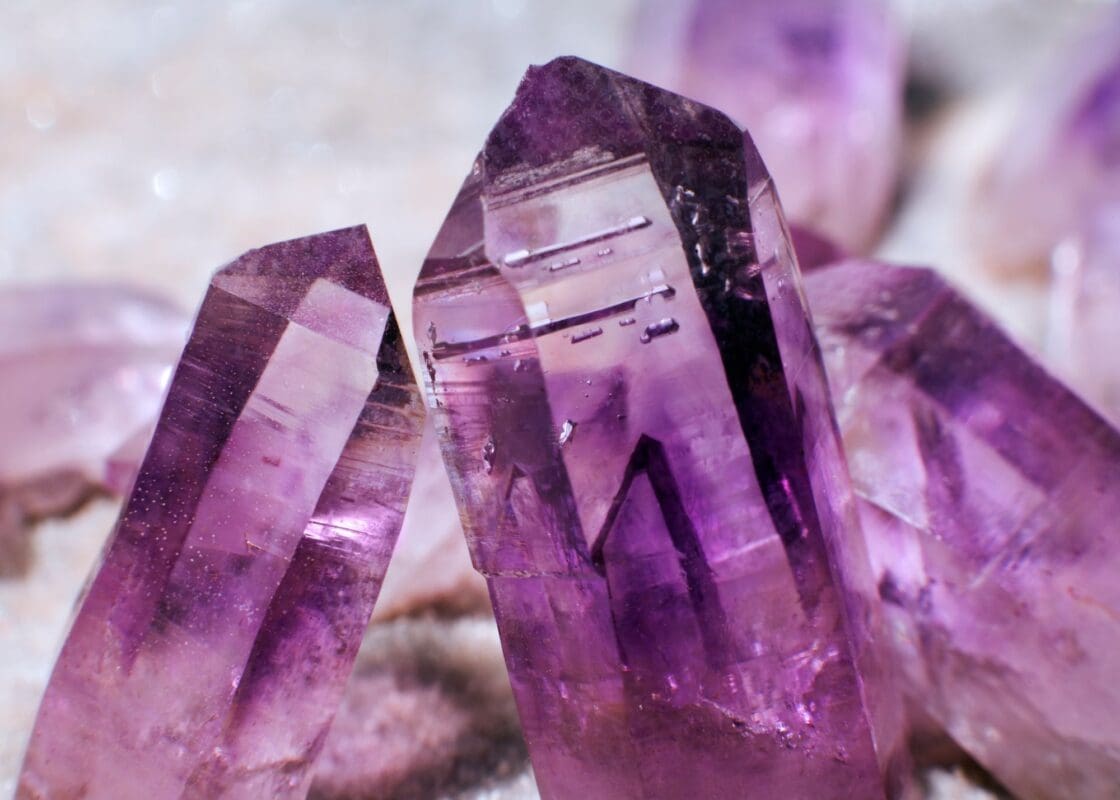
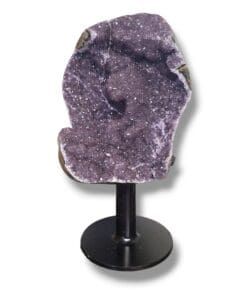
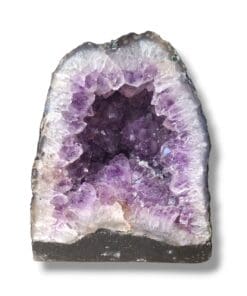
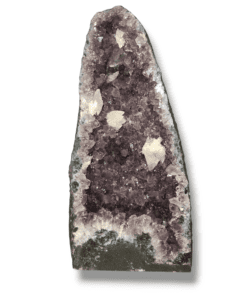
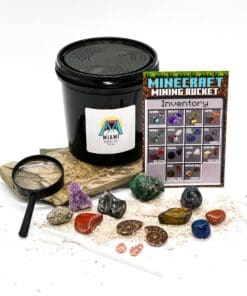


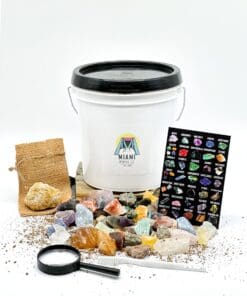
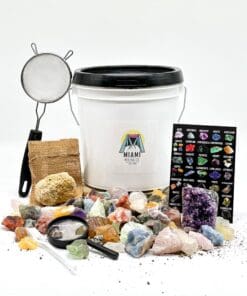
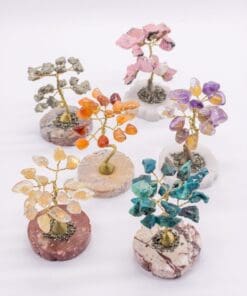
These are absolutely awesome! Such a fantastic guide love it!
Beautiful to see! It as a fantastic blog having useful knowledge. You are great.